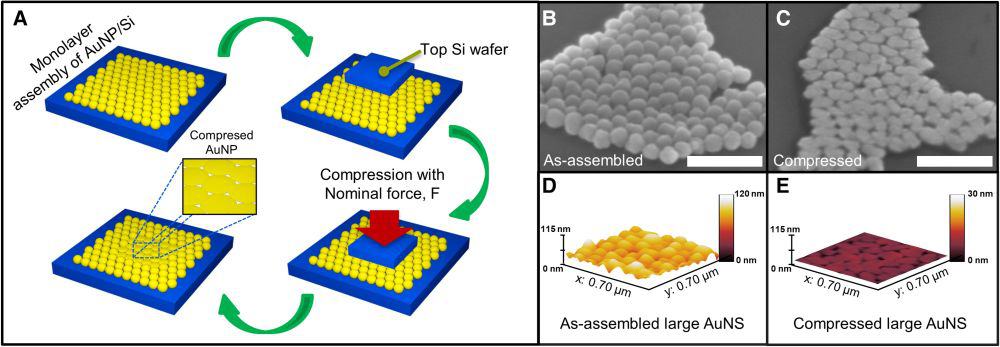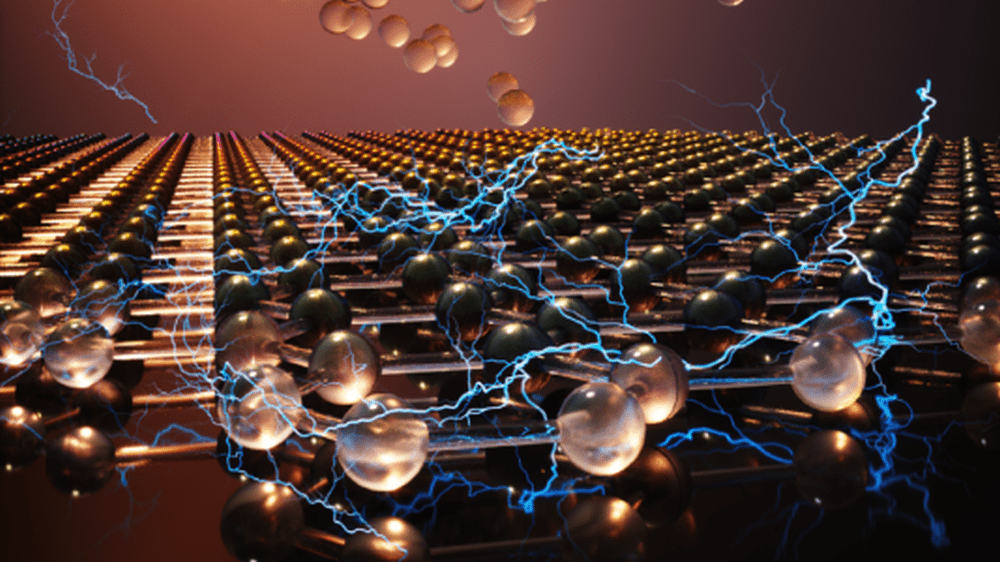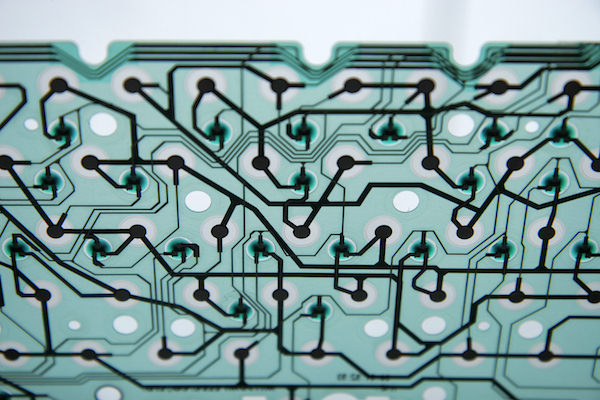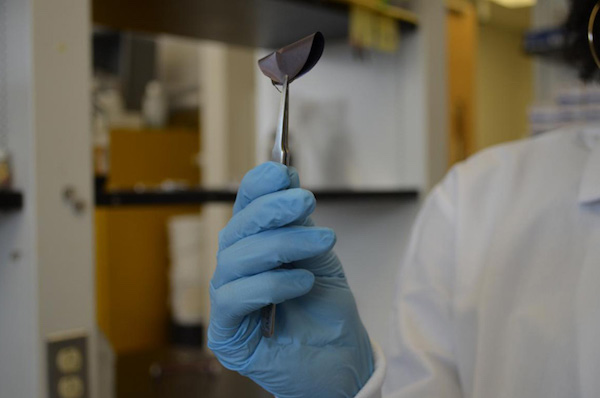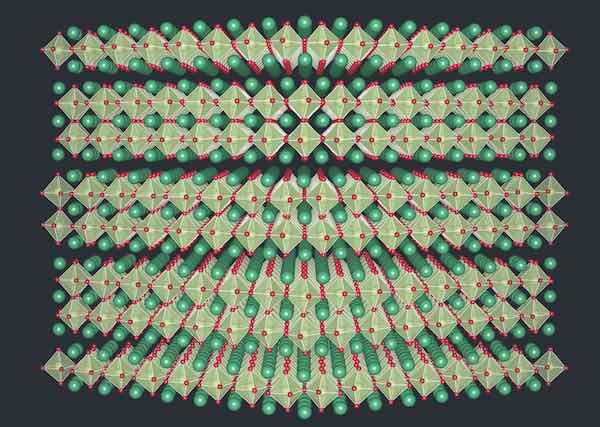Two-dimensional thin films are often fabricated using bottom-up solution-based techniques, such as electrochemical deposition and atomic layer deposition. Now researchers have reported a top-down, solid-state method based on the age-old Egyptian craft of goldbeating that they say is generalizable to various metallic, polymeric, or ceramic nanoparticles.
Read MoreSmall scale, big discoveries: Reducing thickness of antiferroelectric films turns them ferroelectric
While size effects in ferroelectric materials have been extensively studied, there are far fewer studies on how structure and properties evolve in antiferroelectric materials with reduced dimensions. In a recent open-access paper, researchers report the surprising discovery that below a certain thickness, antiferroelectric films will become completely ferroelectric.
Read MoreFerroelectric materials are expected to revolutionize the next generation of ultralow-power microelectronics. In a recent study, researchers led by the University of California, Berkeley achieved atomic-scale ferroelectricity in fluorite-structured zirconium dioxide thin films on silicon.
Read MoreA team of scientists from Texas A&M University has developed an aqueous deposition technique to build flexible MXene thin films that could enable new possibilities for future flexible electronics.
Read MoreA team of scientists at Northwestern University has discovered that some ferroelectric materials are hiding a surprise. Layered perovskites don’t conform to conventional wisdom—instead, these materials completely turn off polarization if enough strain is applied to them.
Read More
